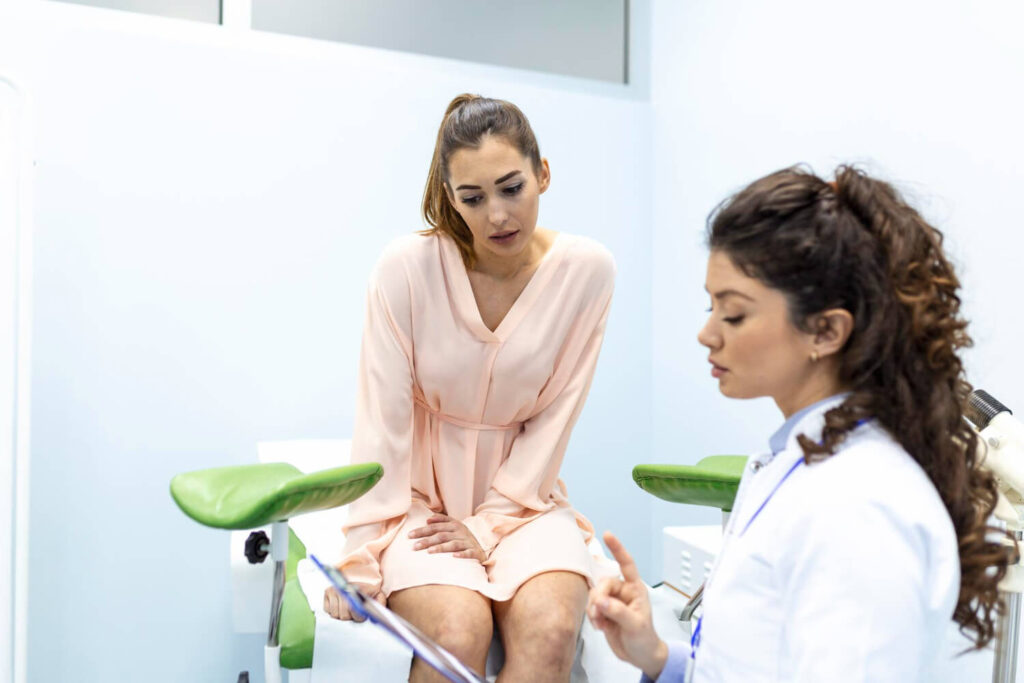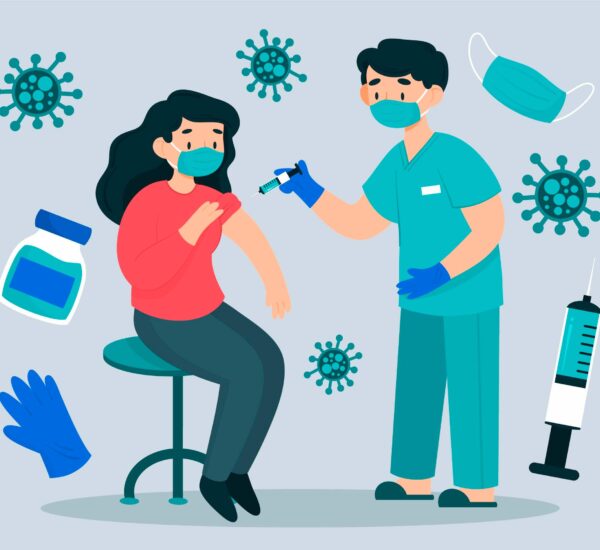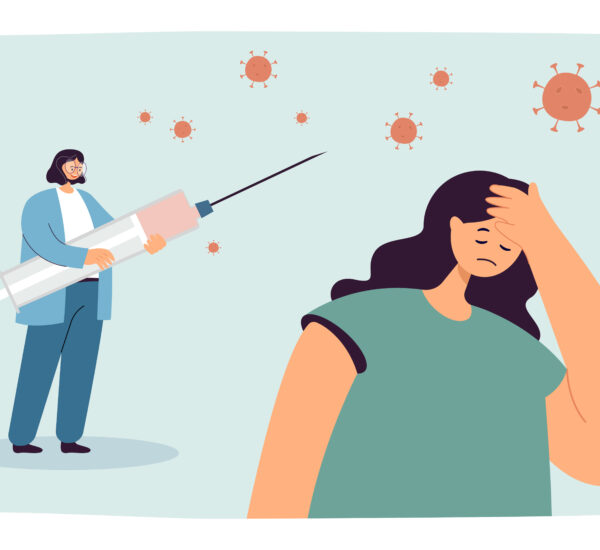The most common sexually transmitted disease globally is human papillomavirus, and it is a leading cause of certain cancers, including cervical cancer. While vaccines are a powerful tool for prevention, HPV vaccination alone isn’t enough to protect against HPV transmission fully.
To effectively reduce the risk of HPV, it’s crucial to understand and implement additional preventive strategies. This article delves into HPV transmission prevention methods, empowering Filipinos with actionable steps to safeguard their health beyond vaccination. Let’s begin!
Common Transmission Methods of HPV
These risk factors for HPV are the triggering aspects of why an individual can get HPV infection.

Here are the common transmission methods:
- genital-to-genital contact
- skin-to-skin contact during sexual intercourse
- hand-to-genital contact
- anal sex
- oral sex
By raising awareness about these common transmission methods and implementing preventive measures, individuals can take proactive steps to reduce the spread of HPV and protect themselves and their loved ones.
Key Strategies for HPV Transmission Prevention
HPV infection is commonly transmitted through unprotected sexual activity. Commonly, individuals with multiple sex partners can contract the disease because of more exposure from sexually active men and women. Unfortunately, sexually active people don’t understand the risk due to a lack of information regarding this matter. Thus, making it possible to get infected by the various strains of HPV.
In that case, discovering HPV transmission prevention methods will be crucial to fight the possibility of getting infected. Please find out how to achieve them with the key strategies below!
Parameters Between HPV and Sexual Health

Using Condoms and Dental Dams
While condoms and dental dams cannot entirely prevent HPV transmission, they do reduce the risk by providing a physical barrier during sexual contact. With the various strains or types of HPV, it’s essential to use these protective measures consistently for maximum effectiveness.
Limit Sexual Partners
One of the effective HPV prevention methods is Limiting the number of sexual partners. Doing so reduces exposure to HPV and other sexually transmitted infections (STIs). HPV’s high prevalence means that the more partners you have, the greater the risk of contracting the virus.
By maintaining monogamous or long-term relationships, individuals can lower their risk of HPV transmission.
Maintain a Healthy Immune System
Nutrition and Exercise
Meanwhile, one of the possible reasons for getting HPV is due to a weak immune system. The best way to prevent HPV is through building a strong immune system. Eating a balanced diet rich in vitamins C, E, and folate, as well as antioxidants, can support immune health. At the same time, regular physical activity can contribute to a stronger immune system, which is essential for fighting off infections.
Avoid Tobacco and Excessive Alcohol
In terms of body health, smoking and heavy alcohol consumption have been linked to an increased risk of HPV-related cancers, particularly cervical cancer. Tobacco use weakens the immune system, making it more challenging for the body to eliminate HPV infections. Reducing or eliminating these habits can significantly lower your risk of HPV transmission and related complications.
Regular Screening for HPV and Related Cancers

Pap Smear and HPV Tests
Regular cervical cancer screenings are a critical part of HPV transmission prevention, especially for women. Pap smears can detect precancerous changes caused by HPV, allowing for early intervention. In addition to pap smears, HPV tests are available to identify high-risk HPV strains. It’s best to visit an HPV doctor near you, to begin with the assessment.
Self-Screening for Symptoms
While HPV often has no visible symptoms, it can lead to genital warts or abnormal cell changes. HPV types or strains 6 and 11 are the common reasons for developing anogenital warts. Individuals should perform regular self-checks for any unusual signs and seek medical advice if symptoms develop. Early detection plays a significant role in managing HPV-related health risks effectively.
Educate and Communicate with Partners
Open Communication About Sexual Health
Discussing sexual health openly with partners is essential for mutual understanding and safety. Partners should be aware of each other’s health status, and those with HPV should discuss transmission risks. Honesty and transparency can foster a supportive environment for managing health proactively.
Encourage Partner Testing and Vaccination
Encouraging partners to undergo HPV testing and, if eligible, to receive the HPV vaccine can further reduce the risk of transmission. Even if one partner has been vaccinated, additional protection is provided if both individuals take preventive measures.
Read related article about HPV prevention, with this HPV Prevention Guide
Frequently Asked Questions
What is HPV, and how common is it?
HPV, or human papillomavirus, is a widespread sexually transmitted infection. Most sexually active individuals will contract HPV at some point in their lives. While most infections are harmless and resolve on their own, some strains can lead to cancers or genital warts.
How often should I get screened for HPV?
Most women should have a Pap smear every three years starting at age 21. Those over 30 may also undergo HPV testing every five years. Individual recommendations may vary based on health history and medical advice.
Who are the high-risk individuals who should follow HPV transmission prevention tips?
High-risk individuals who should adhere to HPV transmission prevention tips include those who have multiple sexual partners, engage in unprotected sex, have a weakened immune system, or have a history of HIV infection. Prioritizing safe sexual practices and open communication with partners is crucial for preventing the spread of HPV in high-risk populations.
Where can I book a pap smear or HPV test for cervical cancer screening?
You can book a session using the NowServing app for a pap smear and HPV test. However, you can also check with the local health clinics near you for these screening services. You can also ask about the cost per screening so you can prepare the payment before booking your session.
Are vaccines enough for HPV transmission prevention?
While vaccines are effective in preventing certain strains of HPV, they are not foolproof. It is essential to combine vaccination with regular screening and safe sexual practices for comprehensive HPV transmission prevention. Vaccines protect against the most common cancer-causing strains of HPV but do not cover all types of the virus.
Final Takeaway
HPV transmission prevention requires a holistic approach that includes safe sexual practices, regular screenings, and lifestyle habits that support immune health. While vaccination remains a critical component of prevention, it is essential to implement additional strategies to maximize protection against HPV.
By following these steps, individuals in the Philippines can take proactive measures to reduce their HPV risk, protect their health, and contribute to a healthier community. Meet with a health expert like an infectious disease doctor today to begin other HPV transmission prevention techniques.



